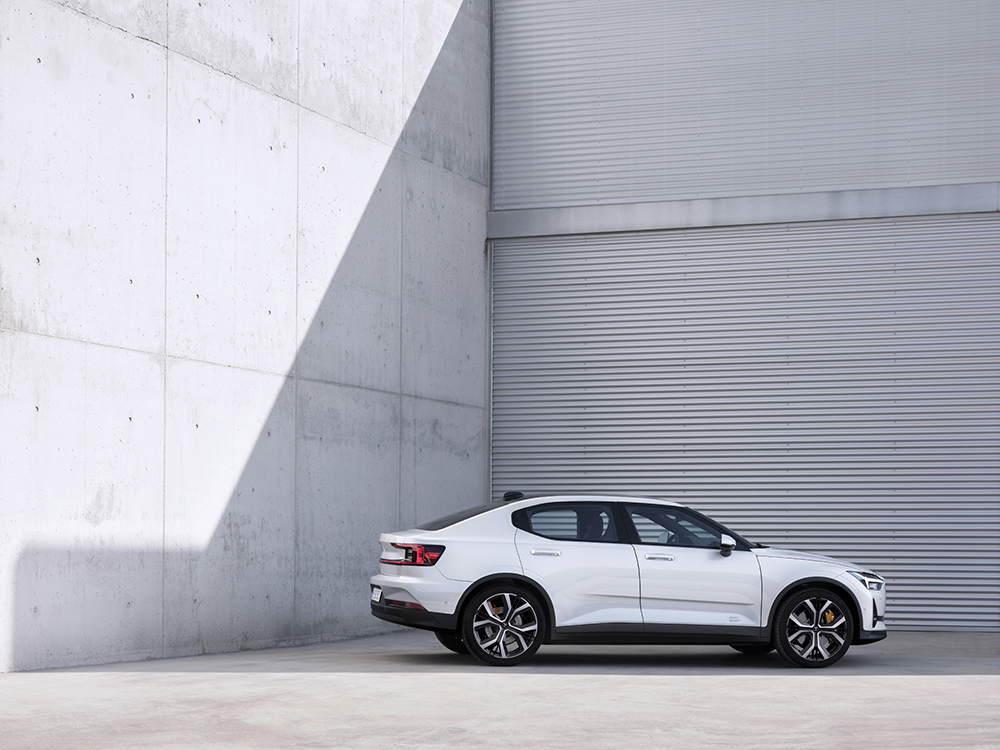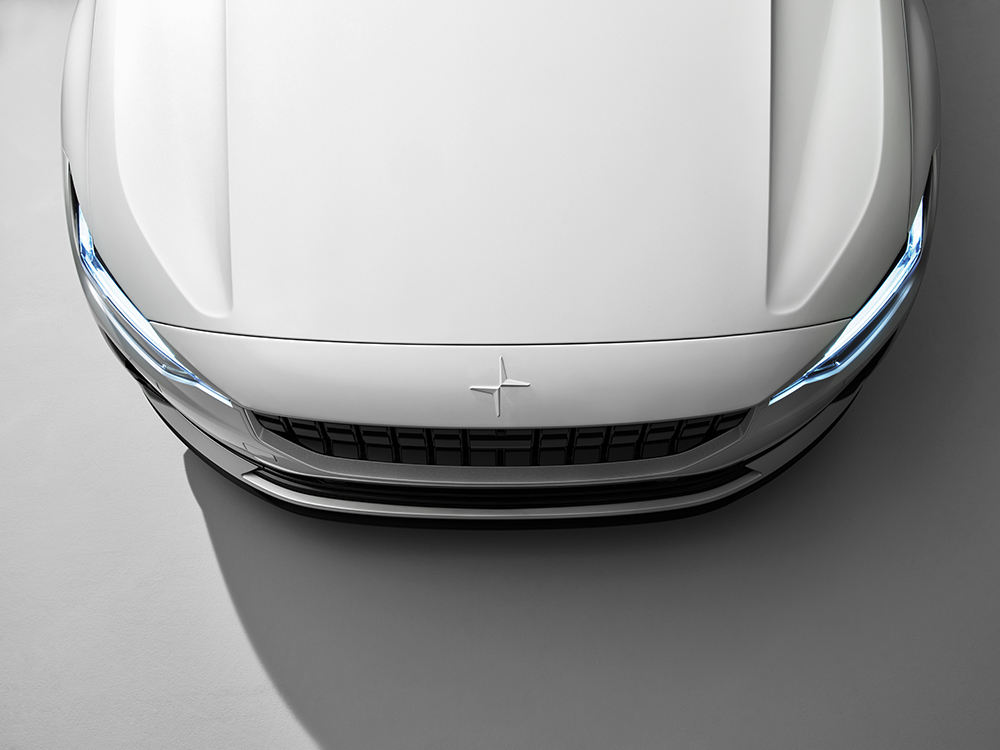Polestar, Sweden’s Exciting EV Startup, Is Designed to Break the Rules
Rush hour in Stockholm is a very strange experience — although it’s hard, at first, to pinpoint exactly why. It’s not especially crowded. People are generally pleasant, the city is clean — and then you see it: they’re all dressed the same. Everyone is dressed in identical black overcoats, wrapped scarves, and smart leather boots. No wonder outsiders can feel Sweden is rather traditional.
In such a context, it can be hard, maybe impossible, to break from tradition. However, that’s precisely what Volvo’s former chief designer Thomas Ingenlath has in mind for his new Swedish car company.
The impetus behind Polestar, the new automaker that Ingenlath now helms as CEO, was to create something genuinely new: electric cars that the more traditionally minded Volvo can’t or won’t. Polestar, recently launched as an independent company, is partly owned by Volvo, and partly owned by Volvo’s Chinese parent company, Geely.

“Christmas is right around the corner,” Ingenlath says, speaking about the future of the automobile, when we meet in Geneva. “Come on, let’s do something special!”
New tech is opening up fresh possibilities. Cars can be made from carbon fibre or 3-D-printed titanium, they’re electric, or maybe hydrogen, part of a shared subscription service or perhaps even able to drive themselves. For Ingenlath, that means “A) cars that fully embrace electromobility, and B) something that does not fit the standard model grid.” There’s a sense of urgency to the Polestar project, given the unique historical moment we’re in. It’s Christmas Eve, and Ingenlath knows he has to deliver.

He’s running the company like a start-up, and its first products — the Polestar 1 and 2 — are, frankly, pretty weird by traditional standards. The Polestar 1 is a 626-horsepower two-door sports car powered by a unique gas–electric hybrid. Up front is a 2.0-litre turbo- and supercharged gas engine paired with an eightspeed automatic gearbox. At the rear axle are two electric motors. Combined, they put down a tire-shredding 738 lb-ft of torque, enough to make a pickup truck blush. The hybrid is clothed in a beautifully understated coupe body made mostly of carbon fibre to offset the weight of the heavy batteries. It has no direct rival, and a price tag of around $155,000 USD.
Ingenlath says not to expect a follow-up model. Polestar won’t be doing the traditional automaker thing, bringing out a refreshed version in four years, and then an all-new Polestar 1 a few years after that. So, for Polestar’s next act, something completely different. The Polestar 2 is a more affordable family car. It’s fully electric, with an estimated 443 kilometre range and all-wheel drive courtesy of two electric motors for a total output of 402 hp. Prices start at $69,000, with the first cars arriving in Canada in July 2020. (The company is currently taking $1,500 deposits.)

“Look, this is not about making a Tesla Model 3 competitor,” Ingenlath says. “This is about actually teasing and tempting someone who is thinking about buying a Mercedes, Audi, BMW, Jaguar, or whatever, to actually try an electric car. This is where it’s really hot.”
The reaction to Polestar’s first two cars has been overwhelmingly positive. The style, power, simplicity, and branding all strike an appealing chord. Of course, that makes sense when you know that this is a car company led by Thomas Ingenlath, one of the best car designers working today. (For proof, look at the current Volvo lineup, which he turned from stodgy to stylish in less then a decade.)
The only pushback to Polestar has, unsurprisingly, come from Swedes who balked at the brand’s break with tradition. When he was at Volvo, Swedish critics complained some of Ingenlath’s concept cars were too radical. Now those same Swedes are upset the radical Polestar 1 and 2 won’t wear a Volvo badge. Ingenlath’s response: “Flipping hell.” Nobody ever said it would be easy to break with tradition.










